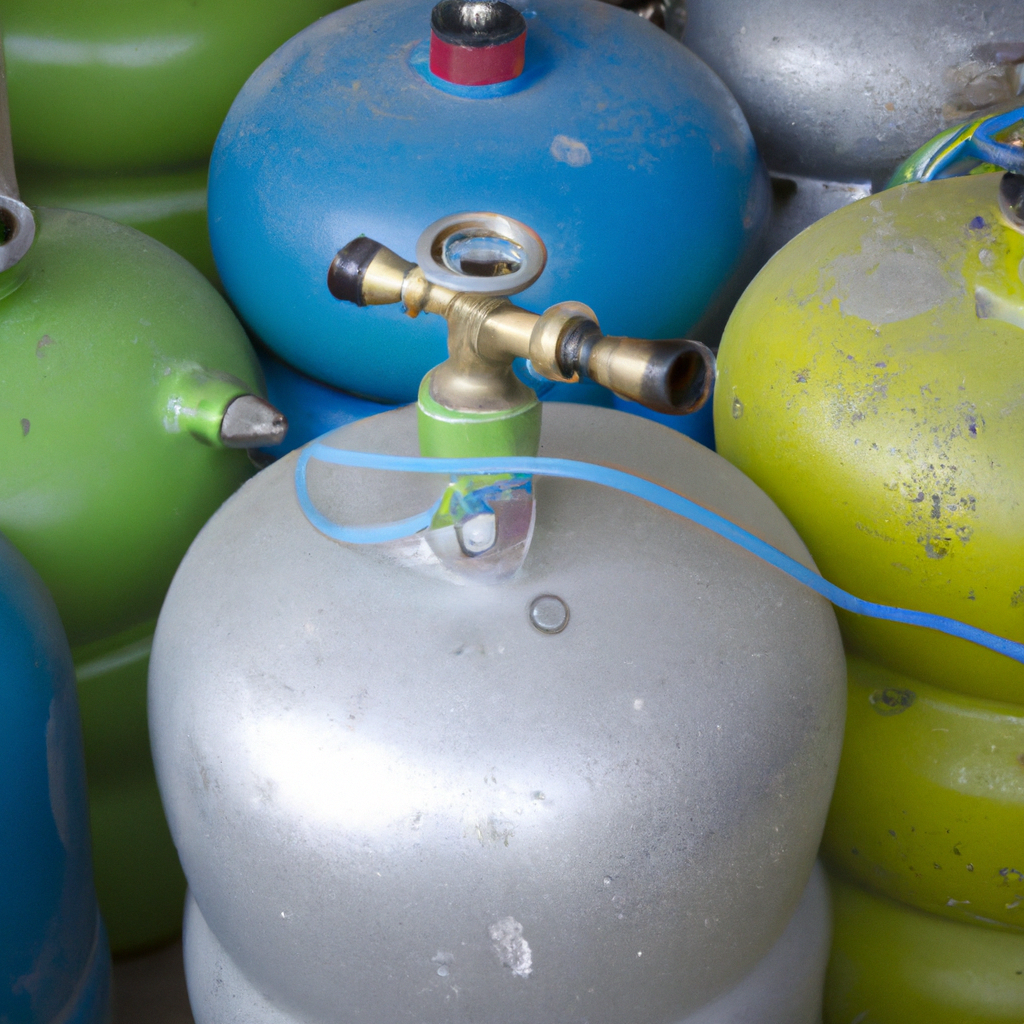Objective: To explain the "Filling by weight" principle used for LPG cylinder filling (Bottling) process, the operations carried out , the sequence and the machinery used for that. It is a long line of machines, performing a particular function, essential for safe filling operation and subsequent storage of cylinders; and at end user's place.
Subject description: As domestic fuel, LPG is efficient, clean and convenient. Millions of household have a cylinder in their house. Thousands of cylinders are filled every hour, 24x7. As such, LPG bottling operations are truly mass production process.
LPG is a gas, liquefied by pressuring, for storage, filling and transportation. It is highly inflammable, needing only 1.8% concentration in mixture with air, to make it ignitable. It changes from liquid state to gaseous state if pressure is reduced. This phenomenon creates serious problems throughout the filling process.
Filling process involves filling precise quantity of LPG liquid into cylinder. Underfilling is not permitted legally whereas Overfilling is hazardous. The tolerance band is narrow. It is interesting to see 'How it is managed, how it is checked, how leakages are detected'.
This introductory course is an attempt to answer these questions. For those who are associated with bottling plants and those wish to work in that field, it is essential to understand the complete sequence of processes. A wide spectrum of machinery --manual to fully automatic -- is used in these plants. Each involves setting changes to fill various capacities of cylinders.
Remember, it's matter of safety of millions of houses, which cannot be jeopardised because of lack of knowledge. Basic Knowledge of complete process, machinery used and operation will help in enhancing safety, taking higher responsibility; leading to higher position in organisation / higher remuneration and progress.
It is essential to have sufficient knowledge about LPG also. So it is advisable to acquire that along with knowledge of bottling process.
Who must attend this course and other courses?
1. Professionals already working with LPG bottling industry, and related industry
2. LPG cylinder distributors, and other service providers
3. Professionals looking for working in highly complex, exciting and ever expanding engineering field
4. Newcomers in LPG industry
5.. Job seekers having aptitude for technical jobs, with school level education, engineering diploma or degree, engineering college students





























